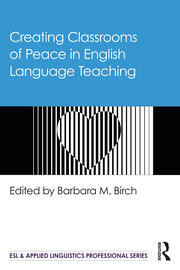Creating Intercultural Communicative Competence Through Virtual Collaboration

Article / Journal
Author(s) / editor(s):
Hamza R'boul
,
Mohammed GUAMGUAMI
Year: 2022
In: Birch, B. M. (Ed.). (2022). Creating classrooms of peace in English language teaching. New York, NY: Routledge. pp. 176-193.
Language(s): EnglishAbstract:
With increasing globalized interaction of people, institutions, scholars, and students, there is growing attention on mutual understanding and peace-seeking, instead of conflicts and implicit and explicit cultural biases. Thus, intercultural communicative competence in ELT discourse is of paramount importance today. Virtual collaboration is a new way to develop intercultural communicative competence because it involves co-teaching, co-learning, two cohorts, two cultures (at least), two institutions, and two mindsets (at least). Collaborative Online International Learning (COIL) is a project of the SUNY initiative to teach common modules at higher education levels whose ultimate goal is to promote mutual understanding culturally, professionally, and institutionally. This chapter studies the effects of virtual collaboration on students from Mohammed Premier University (Morocco), particularly their confidence in their intercultural communicative competence.
Post created by: Lymor Wolf Goldstein